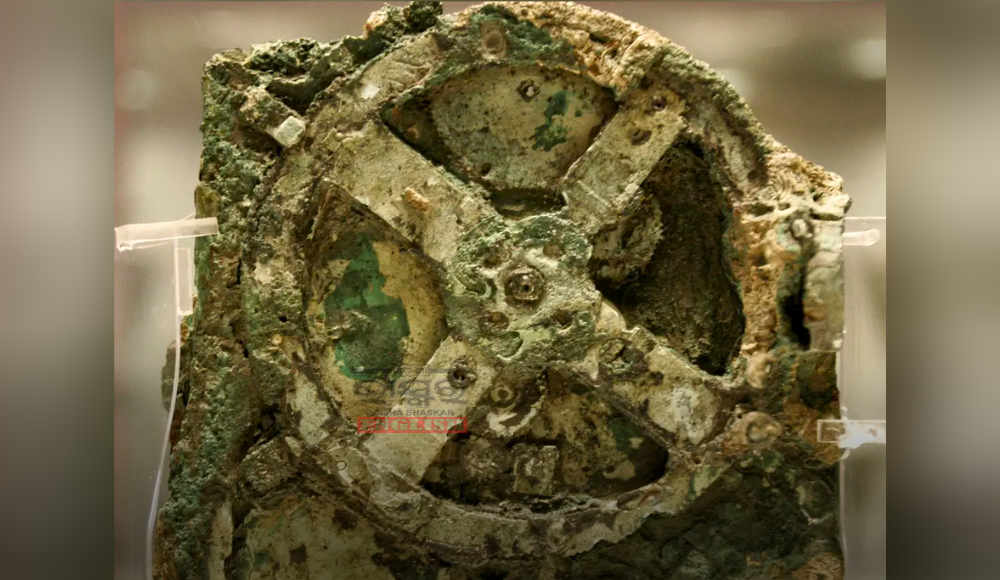Discovered in a Greek shipwreck in 1901, the Antikythera mechanism has long intrigued scientists as the world’s oldest known analog computer. This intricate astronomical device, dating back 2,000 years, was designed to track celestial movements, including the sun, moon, and planets. It also functioned as a calendar, indicating lunar phases and eclipses, showcasing a level of sophistication unmatched for over a millennium.
The mechanism, now found in 82 fragments with only a third of the original structure intact, features 30 corroded bronze gearwheels. Researchers from University College London (UCL) have utilised advanced 3D computer modelling to decode its operation, revealing its remarkable complexity. Adam Wojcik, a materials scientist at UCL, affirmed, “Our reconstruction aligns with all current evidence and highlights the device’s ingenuity.”
Theoretical analysis suggests that the Antikythera mechanism used concentric rings to represent the solar and lunar cycles, reflecting the ancient Greek geocentric view of the cosmos. According to a study published in *Scientific Reports*, this “genius creation” integrates Babylonian astronomical cycles, Platonic mathematical principles, and Greek astronomical theories, solving a complex 3D puzzle from antiquity.




Comments are closed.